Samsung announced the Galaxy Fold phone during a press event in San Francisco. It’s the first foldable phone consumers will be able to buy.
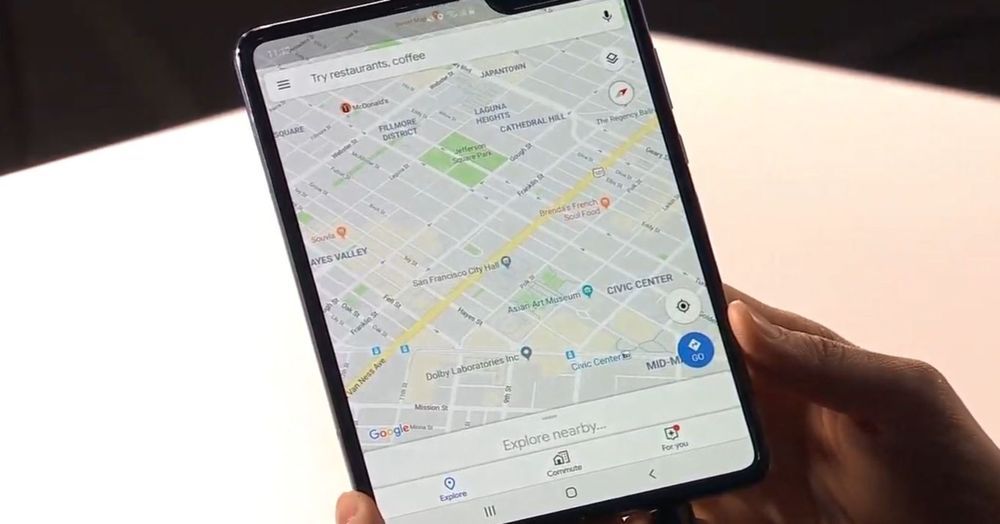

Samsung announced the Galaxy Fold phone during a press event in San Francisco. It’s the first foldable phone consumers will be able to buy.

It’s one of a family of foldable devices in development with the Chinese company, best known for budget televisions.
Shara Tibken
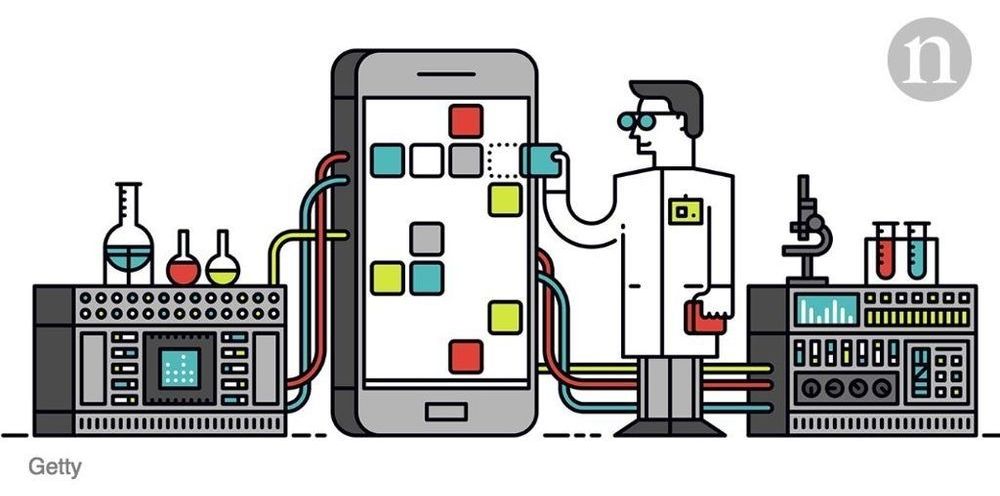
Taking regular breaks to refresh the mind is important during tough working days. Although surfing the web and swiping your phone to check updates on social media might be frowned upon, it could be more productive than you think.
The popularity of social media has exploded since Twitter launched just over a decade ago, and the platform has distinguished itself as the place to disseminate tightly packed information with immediacy. Academics have jumped on the bandwagon for a range of practical purposes.
The social-media platform is often a tool for procrastination, says Jet-Sing M. Lee. But what else can it be? The social-media platform is often a tool for procrastination, says Jet-Sing M. Lee. But what else can it be?
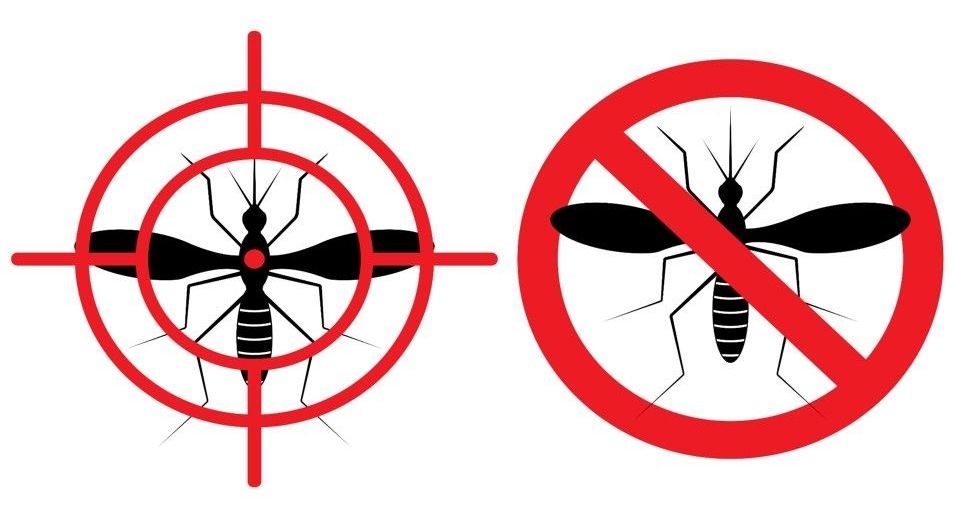
Ah, warm weather. It’s time for t-shirts, backyard barbecues, pool parties, and madly swatting at mosquitoes as the biting insects come out from hiding to make our outdoor experiences miserable.
There are some traditional ways of fighting off the flying pests. You can slather on insect-repellent sprays and lotions, light citronella candles, or just keep smacking the bugs when they land on you. Or you can try out some newer methods, including interesting gadgets that take on the problem.
You may even have heard about smartphone apps that are designed to deter mosquitoes, but there’s something you need to know about those.
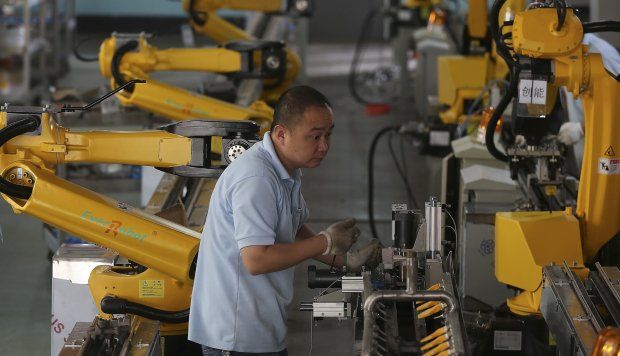
As part of its effort to upgrade its manufacturing sector, the Chinese government started a campaign in 2014 with the overall aim gradually replace manual labour with robots, with the heavily industrialised provinces of Jiangsu, Zhejiang, and Guangdong among those introducing the new technology on a massive scale.
Companies, including iPhone manufacturer Foxconn, are turning to robots with around 100 million workers in China’s manufacturing industry under threat.
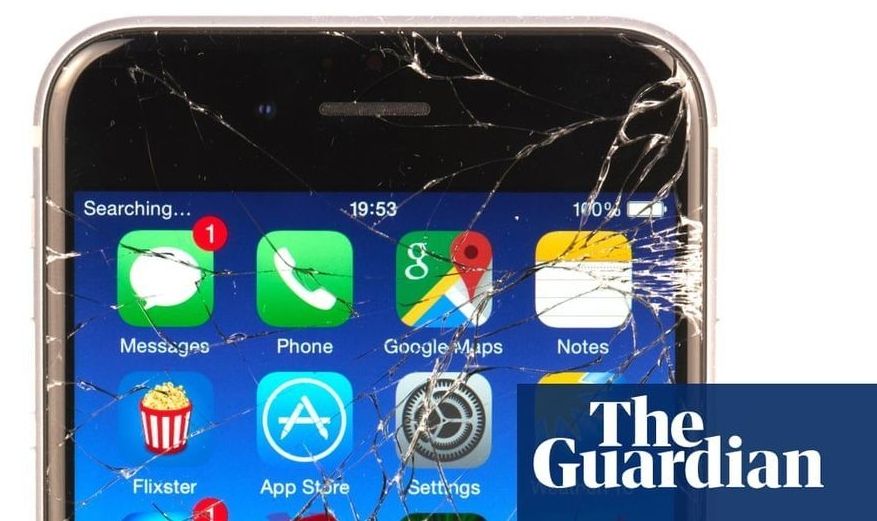
Circa 2017
New type of polymer glass that can mend itself when pressed together is in development by University of Tokyo after a student discovered it.

Smartphones aren’t just for selfies anymore. A novel cell phone imaging algorithm can now analyze assays typically evaluated via spectroscopy, a powerful device used in scientific research. Researchers analyzed more than 10,000 images and found that their method consistently outperformed existing algorithms under a wide range of operating field conditions. This technique reduces the need for bulky equipment and increases the precision of quantitative results.
Accessible, connected, and computationally powerful, smartphones aren’t just for “selfies” anymore. They have emerged as powerful evaluation tools capable of diagnosing medical conditions in point-of-care settings. Smartphones also are a viable solution for health care in the developing world because they allow untrained users to collect and transmit data to medical professionals.
Although smartphone camera technology today offers a wide range of medical applications such as microscopy and cytometric analysis, in practice, cell phone image tests have limitations that severely restrict their utility. Addressing these limitations requires external smartphone hardware to obtain quantitative results – imposing a design tradeoff between accessibility and accuracy.
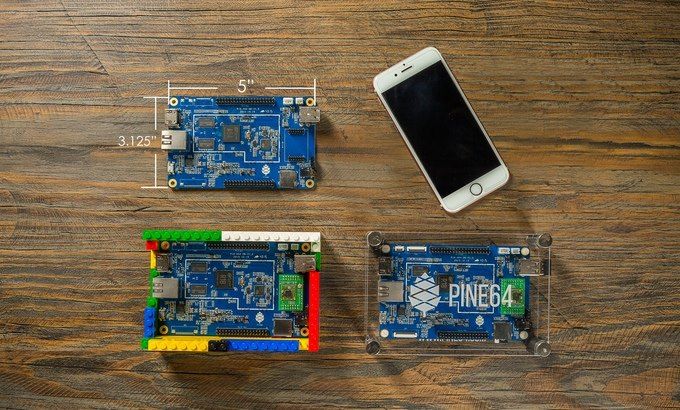

Basically, it sounds like the Army is looking to build a stable platform, like iOS, that it can build increasingly sophisticated weapon technologies on top of.
“Imagine that Steve Jobs and his engineers were trying to convert the iPod Touch to the first 3G iPhone,” Caggins told Task & Purpose. “There were a thousand technologies they could have put in the first iPhone but they were looking to mature the platform before they could actually go onto the system.”
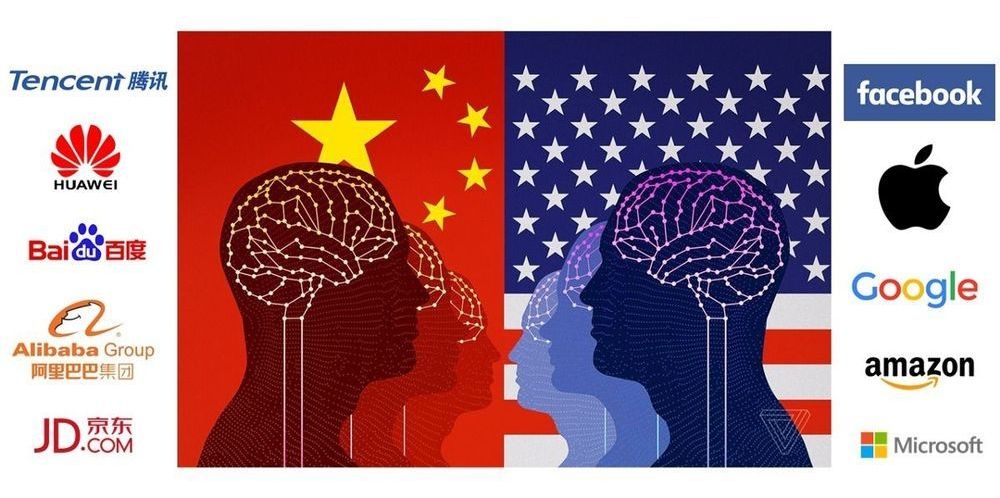
How competing software, hardware and political ideology could accelerate existing divisions in humanity into the future
It’s been great to get people’s thoughts and feedback on the last article on “The iPhone 20”. Some of your responses considered that given Apple’s business model is effectively a walled garden, this makes any integration with the human body very unlikely in the future.
That’s why in this article, rather than focusing on Apple, I’ll look to explore some of the ways tech companies and organisations (including government bodies) will compete on software, hardware and protocols that will shape humanity’s journey to 2029, which may accelerate our existing divisions that stifle collaboration and splinters our future societies.